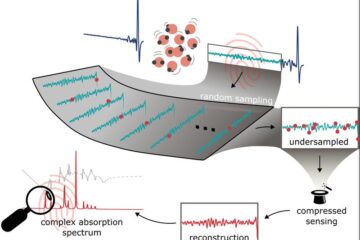Hair Loss Patterns in Chemotherapy-Induced Anagen Effluvium

Anagen effluvium is a common side effect of chemotherapy, but few studies have examined its clinical characteristics. It is a type of hair loss that is characterized by hair breakage rather than hair loss.
Sixty-four patients with anagen effluvium were evaluated in this study. Chemotherapeutic agents were classified into 5 different groups. The pattern of hair loss was analyzed when specific involvement of the hairline was obvious.
Forty-six (71.9%) of the 64 total patients maintained hairs along their hairline. Hairs were maintained with a total hairline in 20 (31.3%), frontal hairline in 13 (20.3%) and occipital hairline in 12 (18.8%) patients. Among the 20 males with patterned hair loss, the following hairlines were preserved: occipital in 10 (50%), total in 7 (35%) and frontal in 3 (15%). Among the 25 females with patterned hair loss, hairlines were preserved as total in 13 (52%), frontal in 10 (40%) and occipital in 2 (8%). However, no significant differences were detected in hair loss patterns according to age, associated symptoms, chemotherapeutic agent group or combination of chemotherapeutic agents.
Media Contact
More Information:
http://www.karger.comAll latest news from the category: Health and Medicine
This subject area encompasses research and studies in the field of human medicine.
Among the wide-ranging list of topics covered here are anesthesiology, anatomy, surgery, human genetics, hygiene and environmental medicine, internal medicine, neurology, pharmacology, physiology, urology and dental medicine.
Newest articles

How evolution has optimised the magnetic sensor in birds
The magnetic sense of migratory birds is probably based on the protein cryptochrome 4, and a genetic study has now provided further support for this theory. A team of researchers…

Molecular Fingerprint Beyond the Nyquist Frequency
Ultrafast laser spectroscopy allows the ascertainment of dynamics over extremely short time scales, making it a very useful tool in many scientific and industrial applications. A major disadvantage is the…

High-energy-density aqueous battery based on halogen multi-electron transfer
Traditional non-aqueous lithium-ion batteries have a high energy density, but their safety is compromised due to the flammable organic electrolytes they utilize. Aqueous batteries use water as the solvent for…





















